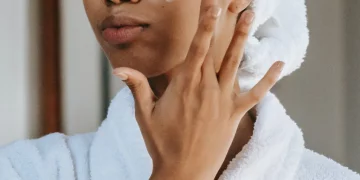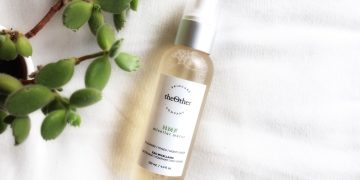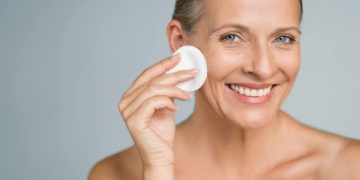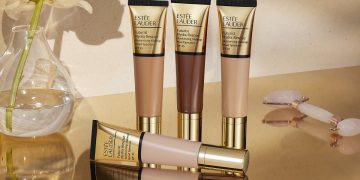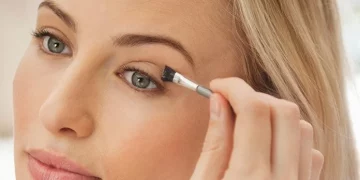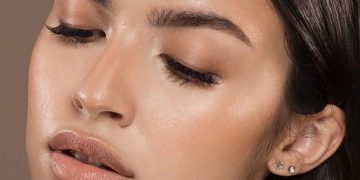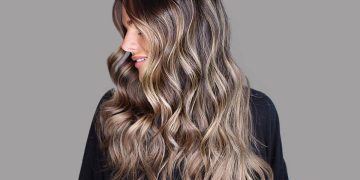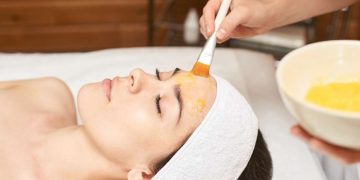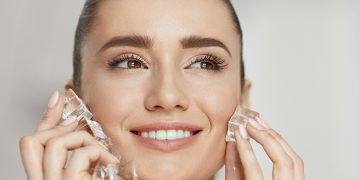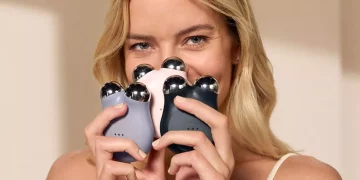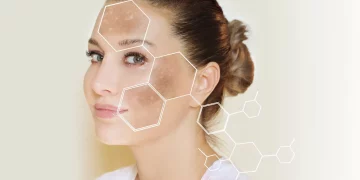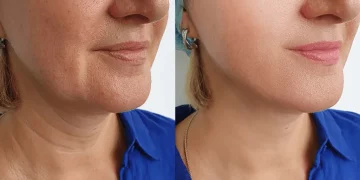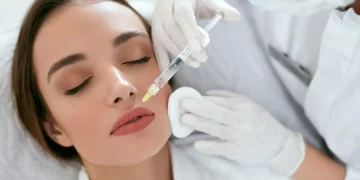Botox has become one of the most popular and widely recognized treatments for reducing the appearance of wrinkles and fine lines. Its fame has grown exponentially over the past few decades, making it the go-to solution for many individuals seeking a more youthful appearance. But what makes Botox stand out among other wrinkle treatments, and why has it gained such prominence in the cosmetic industry? In this article, we will delve into the science behind Botox, compare it to other wrinkle treatments, and explore why it continues to be the preferred choice for millions of people worldwide.
The Science Behind Botox
Botox, short for Botulinum toxin, is a purified protein derived from Clostridium botulinum, a bacterium that, in large amounts, can cause botulism, a potentially deadly illness. However, when used in small, controlled doses, Botox has a remarkable ability to temporarily block the signals between nerves and muscles. This mechanism is what allows Botox to smooth out wrinkles and prevent the formation of new ones.
When Botox is injected into specific muscles of the face, it temporarily paralyzes those muscles by inhibiting the release of acetylcholine, a neurotransmitter that is responsible for muscle contraction. By preventing the muscles from contracting, Botox reduces the appearance of dynamic wrinkles, which are wrinkles that form due to repetitive muscle movements, such as frowning, squinting, or smiling.
Unlike other treatments that may target skin texture or hydration, Botox specifically addresses the underlying cause of wrinkles – muscle movement. This targeted approach makes Botox highly effective in smoothing out expression lines, particularly around the forehead, eyes (crow’s feet), and between the eyebrows (frown lines).
How Botox Compares to Other Wrinkle Treatments
To understand what makes Botox different, it’s important to compare it to other popular wrinkle treatments. There are various options available today, ranging from non-invasive treatments to surgical procedures. Let’s examine how Botox stacks up against these alternatives.
1. Botox vs. Dermal Fillers
Dermal fillers, such as hyaluronic acid-based products (e.g., Juvederm and Restylane), are injectable treatments designed to restore lost volume, smooth deep lines, and fill in hollow areas of the face. Unlike Botox, which works by relaxing muscles, dermal fillers physically add volume to the skin. They are particularly effective for static wrinkles, which are wrinkles that are present even when the face is at rest.
For example, dermal fillers are often used to plump up areas like the cheeks, nasolabial folds (smile lines), and lips. In contrast, Botox is ideal for treating dynamic wrinkles caused by muscle movement.
While Botox and dermal fillers are often used in tandem, they serve different purposes. Botox targets the underlying muscles, while dermal fillers focus on the volume and texture of the skin. One significant difference is that Botox requires repeated treatments every 3-6 months to maintain its effects, while dermal fillers may last longer, typically between 6-18 months, depending on the product and the area treated.
2. Botox vs. Laser Skin Resurfacing
Laser skin resurfacing treatments, such as fractional CO2 and erbium lasers, are designed to improve the overall texture and appearance of the skin. These treatments work by using targeted laser energy to remove damaged skin cells, stimulate collagen production, and improve skin tone. Laser treatments are particularly effective for improving skin texture, reducing pigmentation, and treating fine lines.
Unlike Botox, which targets muscle activity, laser resurfacing addresses the skin’s surface and stimulates collagen production beneath it. While Botox is most effective for dynamic wrinkles caused by muscle movements, laser treatments are ideal for treating issues like sun damage, fine lines, and skin laxity.
The main advantage of Botox over laser skin resurfacing is that it requires little to no recovery time, whereas laser treatments can result in redness, swelling, and peeling, which may require several days or even weeks for full recovery.
3. Botox vs. Chemical Peels
Chemical peels involve the application of a chemical solution to the skin to exfoliate the outer layers and promote the growth of new, smoother skin. Chemical peels vary in strength, from mild glycolic acid peels to deeper phenol peels, and are used to treat a variety of skin concerns, including wrinkles, acne scars, and sun damage.
While chemical peels can improve the texture of the skin and reduce the appearance of fine lines, they do not target the underlying cause of wrinkles like Botox. Botox addresses muscle movement, whereas chemical peels work on the skin’s surface. Additionally, chemical peels may involve a recovery period with redness, peeling, or irritation, depending on the depth of the peel.
4. Botox vs. Surgical Facelift
A surgical facelift is a more invasive procedure that involves tightening the skin and underlying muscles of the face to reduce sagging and wrinkles. Unlike Botox, which is non-surgical and focuses on the treatment of specific wrinkles, a facelift provides more dramatic and long-lasting results by lifting and tightening the skin.
While a facelift offers more permanent results, it also comes with significant risks, including anesthesia complications, infection, and scarring. The recovery time can be lengthy, and the procedure itself is much more costly compared to Botox.
Botox, on the other hand, is a non-invasive option with minimal downtime and lower risks. While the results are temporary, Botox can be a great choice for those who want to improve their appearance without committing to a surgical procedure.
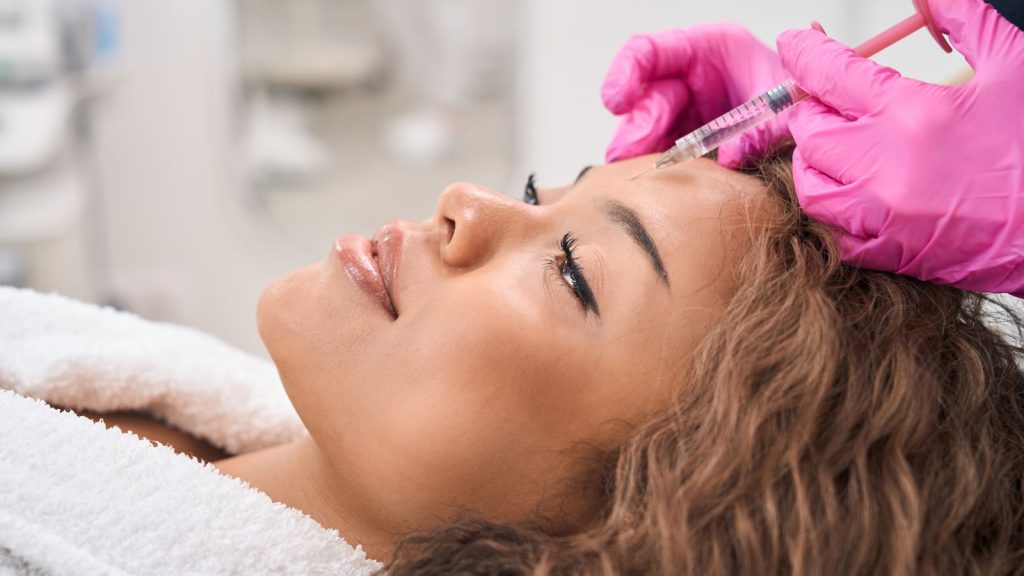
Why Botox is Often the Go-To Choice for Smoothing Fine Lines
- Non-Invasive and Minimally Invasive
One of the most significant advantages of Botox is that it is non-invasive. There are no incisions, sutures, or long recovery periods associated with Botox treatments. The procedure typically takes only 10-30 minutes, depending on the number of areas being treated, and patients can resume their normal activities immediately afterward.
In comparison to more invasive treatments like facelifts, Botox offers a much quicker and less disruptive solution with minimal risk of complications.
- Quick Results with Little Downtime
Botox delivers noticeable results relatively quickly. Most patients begin to see improvements within 3-5 days after the treatment, with the full effect becoming apparent within 2 weeks. The results typically last between 3-6 months, and with repeated treatments, patients may enjoy longer-lasting effects.
In contrast, treatments like laser skin resurfacing or chemical peels may require more downtime, with patients experiencing redness, peeling, and irritation for several days. Botox offers a more immediate solution with little to no downtime, making it a convenient choice for those with busy schedules.
- Precision and Customization
Botox treatments can be highly customized based on the patient’s specific needs. Skilled practitioners can target small areas of muscle movement to smooth out fine lines while leaving the rest of the face untouched. This level of precision allows for natural-looking results that enhance a person’s appearance without making them look “frozen” or overdone.
The ability to selectively treat areas like crow’s feet, forehead lines, and frown lines makes Botox an attractive option for those who want to address specific wrinkles while maintaining their facial expressions.
- Proven Track Record and Popularity
Botox has been FDA-approved since 2002 for the treatment of fine lines and wrinkles, and its safety and efficacy have been well-documented in clinical studies. Over the years, Botox has gained widespread popularity due to its proven track record of delivering effective, natural-looking results. Millions of people worldwide have chosen Botox for its ability to improve the appearance of fine lines and wrinkles with minimal risk and downtime.
- Prevention of Wrinkles
In addition to treating existing wrinkles, Botox can also be used as a preventive measure. By reducing muscle movement, Botox can help prevent the formation of new wrinkles in individuals who are beginning to notice fine lines. This makes Botox an appealing option for people in their late 20s or early 30s who wish to maintain a youthful appearance and prevent wrinkles from developing in the first place.
- Long-Lasting Effects (But Not Permanent)
While Botox does not offer permanent results, the effects typically last for 3-6 months. This allows patients to enjoy smoother, younger-looking skin without the commitment of more invasive procedures. Additionally, as the effects of Botox wear off gradually, patients can choose when they want to undergo another treatment.
In contrast, procedures like facelifts provide long-lasting results, but they are much more invasive, expensive, and come with a longer recovery period. Botox offers a happy medium between temporary and permanent solutions.
Conclusion
Botox continues to be a popular and trusted treatment for smoothing fine lines and wrinkles due to its non-invasive nature, quick results, minimal downtime, and long track record of safety and effectiveness. Unlike other wrinkle treatments that may focus on skin texture, volume, or surface concerns, Botox addresses the underlying cause of wrinkles by relaxing the muscles responsible for facial expressions. Whether used for existing wrinkles or as a preventative measure, Botox offers a precise, customizable solution that can deliver natural-looking results.
While Botox may not be the right choice for everyone or every wrinkle, it remains one of the most widely used and effective options for those looking to reduce the appearance of fine lines and maintain a youthful, refreshed appearance. If you’re considering Botox, it’s essential to consult with a qualified practitioner to determine the best approach based on your goals and facial anatomy.

